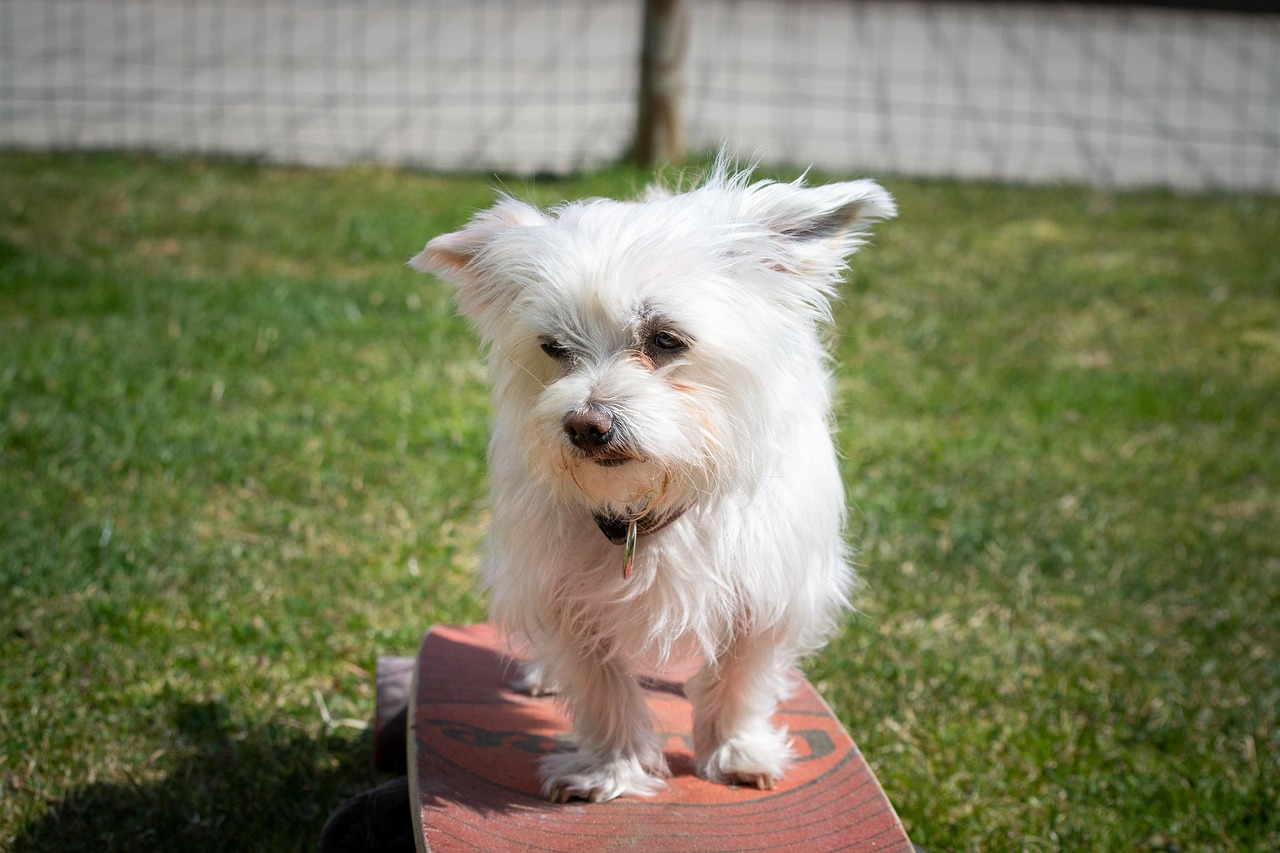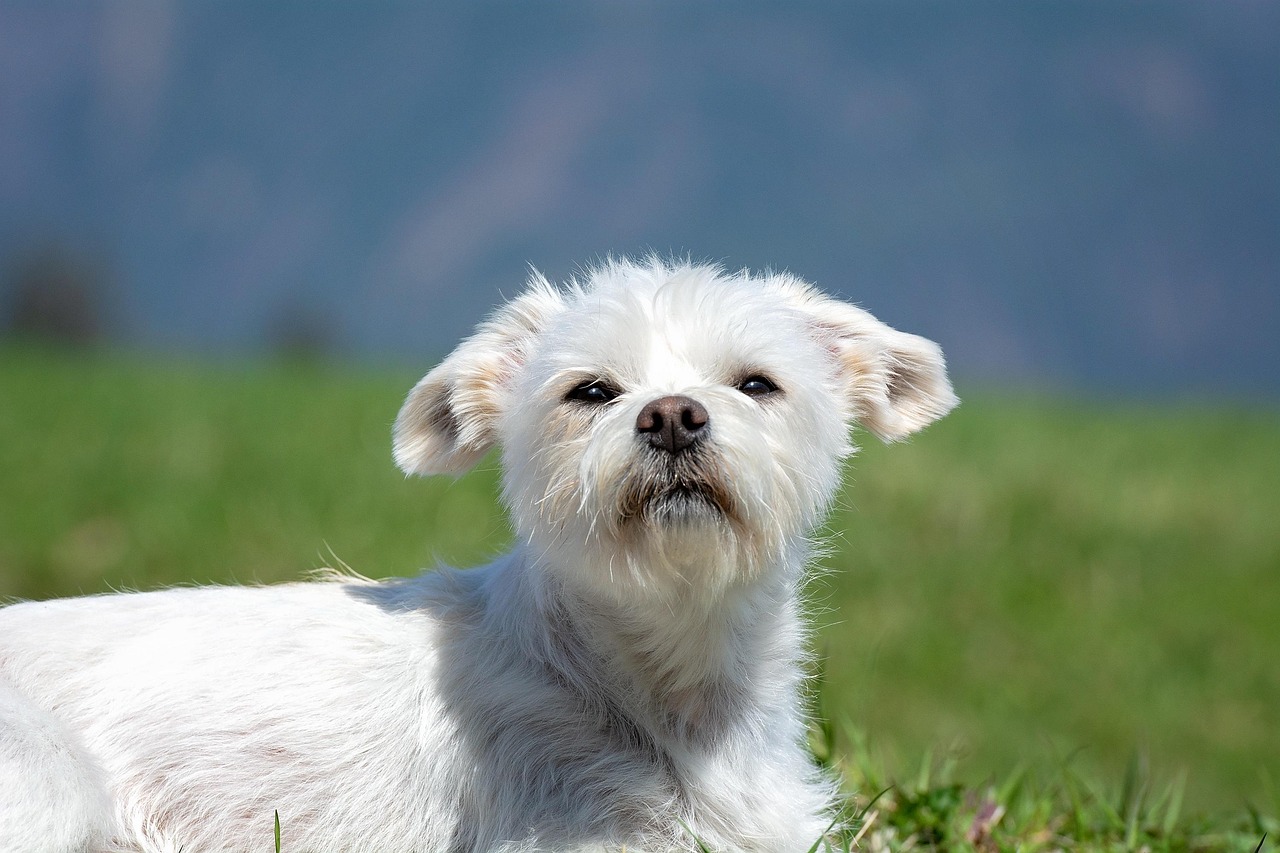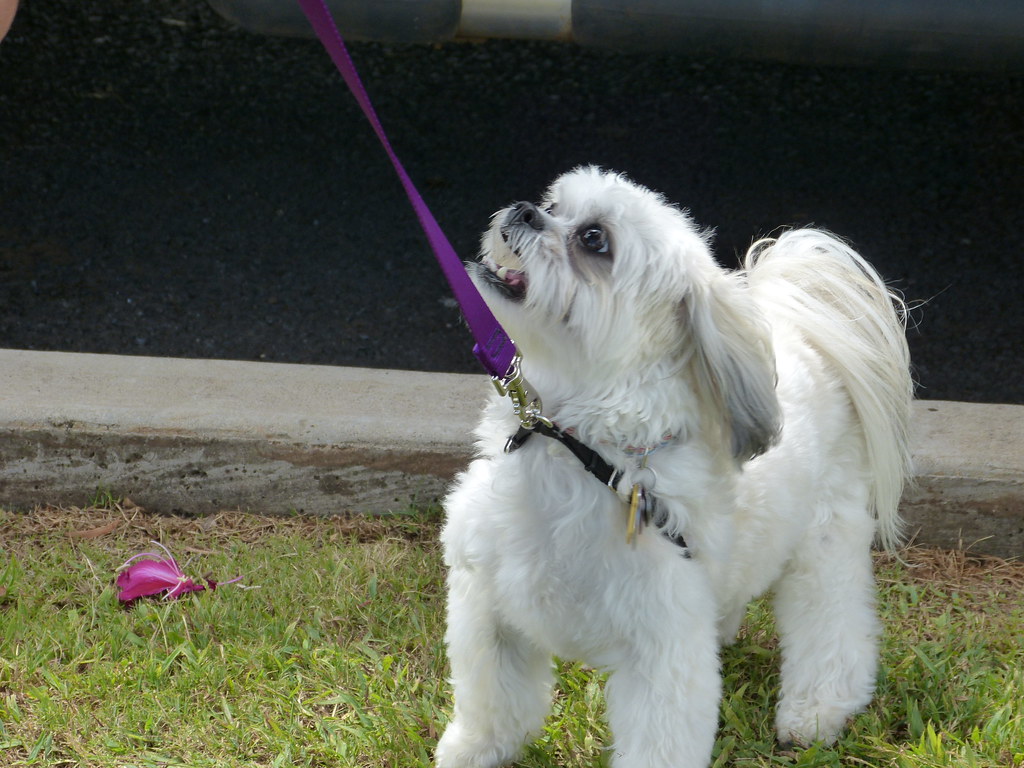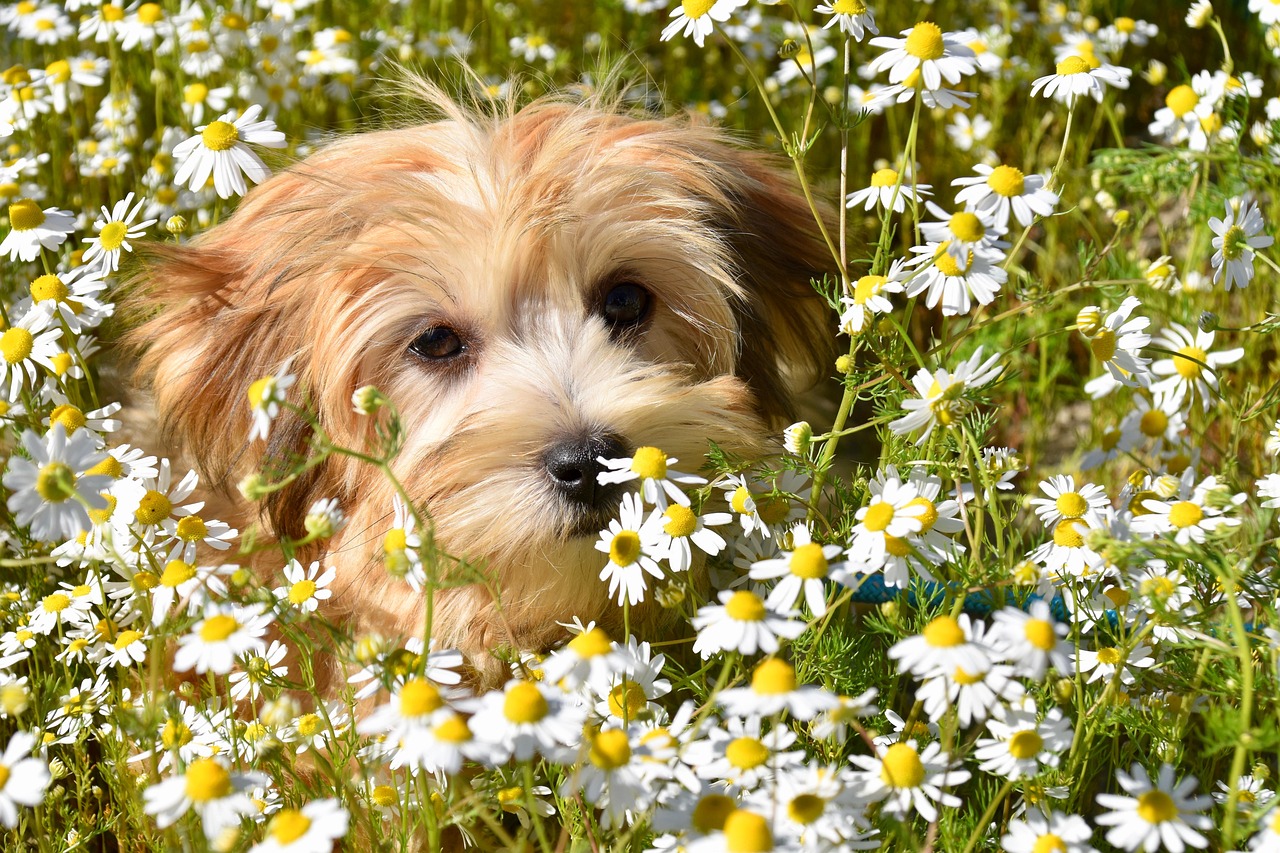If you’ve ever stood at a dog park watching these two fluffy sweethearts bounce around, you’ve probably wondered about the key differences between Maltese and Havanese dogs. These tiny treasures look remarkably similar with their flowing coats and compact frames, yet they each bring something uniquely special to the table.
Both breeds capture hearts effortlessly, but understanding their distinct personalities, care needs, and quirks can help you determine which one might be your perfect companion. Whether you’re drawn to the regal elegance of a Maltese or the cheerful exuberance of a Havanese, each has characteristics that set them apart in wonderful ways.
Size and Physical Characteristics

The most noticeable difference between these breeds is their size, though both remain petite companions. The average Havanese grows anywhere from 8.5 to 11.5 inches tall, while the average Maltese reaches 7 to 10 inches tall. Havanese dogs weigh anywhere from 7 to 13 pounds, while Maltese dogs typically weigh 4 to 6 pounds.
Havanese are compact but sturdy little dogs, weighing in at 7-12 lbs, with long and wavy coats that come in various color palettes. Maltese, on the other hand, are a lot more petite and delicate, weighing only about 4-6 lbs, with their signature feature being a silky, pure white coat. If you’re looking for a truly pocket-sized companion, the Maltese takes the crown for being more portable and lightweight.
Their facial features also differ subtly but meaningfully. Maltese noses are smaller compared to the elongated snout found on the Havanese. This gives each breed its distinctive expression, with Maltese appearing more delicate and refined.
The Maltese is the noticeably smaller dog that happens to, obviously, also be the more fragile of the two. This size difference impacts everything from how you handle them to the type of living situation that works best for each breed.
Coat Texture and Color Variations

Their coats tell completely different stories despite both being gloriously long and flowing. Maltese dogs only come in shades of white, while Havanese dogs come in a variety of colors and markings. The hair of a Maltese is always straight and silky, while the hair of the Havanese can be straight, curly, or wavy.
The Maltese bears a flat, straight single coat that is white and devoid of kinkiness or curl. Shades of lemon or light tan are allowed, but not preferred, on the dog’s ears, according to the American Kennel Club. This creates their signature elegant, flowing appearance that’s been admired for centuries.
The Havanese brings much more variety to the table. The curious Havanese has a double coat with a texture similar to silk. The outercoat is heavier than the undercoat, and is naturally wavy. No weight limit is set for the Havanese, and all colors are acceptable, according to the AKC.
The Havanese coat tends to be wavier and less prone to matting than the silky Maltese. This difference in coat structure means different grooming approaches work better for each breed, with the Maltese requiring more frequent attention to prevent tangles in their fine, straight hair.
Temperament and Social Behavior

Here’s where these breeds really show their unique personalities, and it might surprise you how different they can be. Havanese pups are known for their outgoing and social personalities. These are top-tier extroverts that absolutely love being the center of attention. They get along with everyone, kids and other pets included, so they’re quite fine in a busy household. Their nature is quite adaptable, so they’re one of the best small dog breeds for apartment living, and they’re fine living in a villa as well.
Maltese dogs take a more reserved approach to the world around them. Maltese, on the other hand, are a bit more selective about their affection. Consider them to be ambiverts that are incredibly loving and only towards those they form bonds with. They can be wary of strangers, but if socialized correctly, they’re chill around them as well. If you prefer a dog that’s on the calmer side of things, a devoted lap dog so to speak, Maltese might be the perfect match.
Both breeds can be friendly with proper socialization, though individual personalities may vary. This means if you’re looking for a social butterfly who thrives on meeting new people, the Havanese might be your match. But if you want a devoted companion who’s perfectly content being your shadow, the Maltese could be ideal.
Maltese dogs are also affectionate and friendly, but they tend to be more sensitive and clingy than the Havanese. They thrive on human companionship and may become anxious if left alone for long periods. Maltese dogs are known for their loyalty and love for cuddling, making them great lapdogs.
Health Considerations and Lifespan

Both breeds are generally healthy, but they each have their own set of health considerations that caring owners should know about. First up: dental issues. Tiny mouths mean overcrowded teeth, which often leads to plaque buildup, gum problems, and yes, some stinky breath if you’re not brushing regularly. They’re also prone to luxating patella, which is a fancy way of saying their kneecaps can slip out of place. It’s common in small breeds but can range from mild to “this pup needs surgery” level. And don’t forget about white dog shaker syndrome – a condition that causes tremors in little white dogs like the Maltese.
With regular vet checkups, a solid diet, and a little TLC, your Maltese can live a long, happy life – often into their mid-teens. Their health issues tend to be manageable with proper care and attention to their specific needs.
Havanese face their own unique health challenges. Hip dysplasia isn’t just a big-dog problem – it can happen to Havanese, too. It may sound surprising, but joint issues can sneak up if they’re not kept at a healthy weight or if they’re doing wild zoomies 24/7. Then there are cataracts and eye issues, says Omlet. These pups are known for their expressive eyes, but those soulful stares can become cloudy over time, especially in their senior years.
Another common issue? Deafness, particularly common in older Havanese. They may still act like goofballs, but if they start ignoring you more than usual, it’s probably not personal. The good news is that both breeds typically enjoy long lifespans when properly cared for, giving you many years of companionship.
Exercise and Training Requirements

Despite their small stature, both breeds have energy to burn, though they express it differently. A Havanese dog doesn’t need much exercise but will be happier and healthier if it gets at least 1 hour of physical fitness daily. Walking, running, and playing games are great ways to get them going, and younger Havanese will have plenty of energy to do so.
The Havanese brings enthusiasm to training sessions that’s hard to resist. One of the first facts you need to know about the only dog breed native to beautiful Cuba is that the typical Havanese is playful, happy, and has boundless energy. If there was ever a dog that was “eager to please,” it’s the Havanese. With that going for you, plus a little patience, diligence, and time, training a Havanese pup should be relatively easy and successful. It also helps that Havanese are one of the most intelligent dog breeds.
Maltese dogs are equally intelligent but approach training with their own unique style. Bred as a companion dog, the energetic Maltese is hyper-focused on his people and is highly trainable. He enjoys learning and performing tricks, and excels as a therapy animal. He may enjoy agility trials, obedience, and tracking. Their focus on their human companions makes them excellent students when properly motivated.
However, there’s an important consideration for families with young children. Due to his small stature, however, he may be a poor choice for families with small children, as his delicate bones can be injured easily. The Havanese, being slightly sturdier, tends to handle the energy of children better while still requiring gentle handling.
Choosing between a Maltese and Havanese ultimately comes down to your lifestyle and what you’re seeking in a companion. The Maltese offers refined elegance and devoted loyalty in a tiny package, while the Havanese brings social butterfly energy and adaptability to various living situations. Both breeds will shower you with love and bring joy to your daily life.
What speaks to your heart more, the quiet devotion of a Maltese or the cheerful enthusiasm of a Havanese? Tell us in the comments what draws you to one of these wonderful breeds.

Gargi from India has a Masters in History, and a Bachelor of Education. An animal lover, she is keen on crafting stories and creating content while pursuing a career in education.






